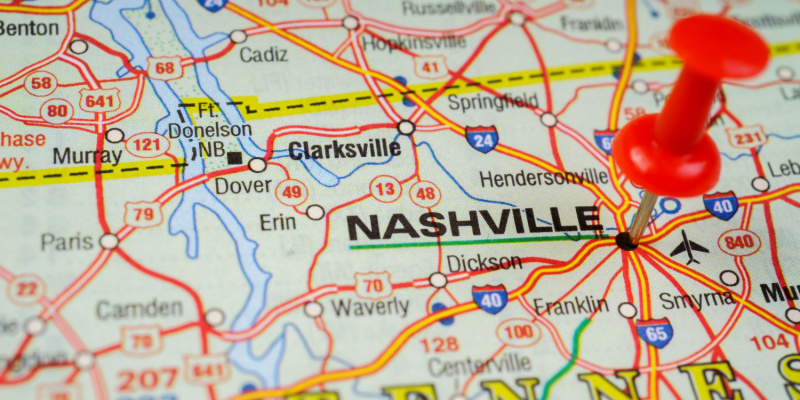Spiders, with their intricate webs and eerie reputation, often evoke a sense of curiosity and even fear. Whether you’re fascinated or apprehensive about these arachnids, understanding their preferred hiding spots can shed light on their behavior and help you coexist more harmoniously. This article will explore where spiders like to hide and why these locations are so appealing to them.
1. Dark and Cozy Corners
One of the most common places to find spiders hiding is in dark and cozy corners of your home. Spiders are naturally inclined to seek out secluded and sheltered spots where they can build their webs or nests. These areas offer protection from predators and harsh environmental conditions. Some favorite hiding spots include:
- Corners of Rooms: Spiders often set up shop in the upper corners of rooms, where the walls meet the ceiling. This location provides stability for their webs and easy access to flying insects that may enter.
- Closets and Storage Areas: Cluttered closets, basements, and storage areas provide ample hiding spots for spiders. Boxes, unused items, and piles of clothing create ideal conditions for them to establish nests.
- Behind Furniture: Sofas, chairs, and other furniture pieces that sit against walls can become cozy hiding places for spiders. The narrow gap between furniture and walls offers both shelter and a convenient location for web building.
2. Webs in the Garden
While indoor spiders tend to prefer dark and undisturbed indoor locations, outdoor spiders have their own hiding preferences. They create webs in gardens, outdoor structures, and natural settings. Common outdoor hiding spots include:
- Gardens and Plants: Many spiders build their webs among plants and flowers, waiting for insects to get caught. These gardens become hunting grounds for spiders and are also where they often hide.
- Shrubbery and Bushes: Bushes and shrubs provide spiders with both hiding spots and anchor points for their webs. They can remain hidden until prey lands in their trap.
- Outdoor Structures: Spiders often construct webs under eaves, porches, and decks. These structures protect the webs from the elements and provide a convenient place for hunting.
3. Attics and Crawl Spaces
Attics and crawl spaces are favorite hiding spots for certain spider species. These areas offer a combination of darkness, warmth, and limited human disturbance, making them ideal for nesting and breeding. When inspecting your attic or crawl space, you may encounter spiders seeking refuge from the outside world.
4. Beneath Leaves and Bark
In natural settings, spiders frequently hide beneath leaves, tree bark, and other vegetation. This offers them protection from predators and access to prey, as they can quickly pounce on insects passing by. For example, the well-known orb-weaving spider often creates its web between branches or leaves, where it remains hidden while waiting for insects to become ensnared.
5. Under Rocks and Debris
Spiders that dwell in terrestrial environments can often be found hiding beneath rocks, logs, and other debris. These locations provide both shelter and a vantage point for ambushing unsuspecting insects.
6. Structures and Homes
Spiders sometimes find their way into our homes, seeking shelter, warmth, and access to food. While not all spiders are indoor pests, some species are more inclined to establish themselves indoors. Common indoor hiding spots include:
- Cracks and Crevices: Small gaps and cracks in walls, floors, and ceilings can be enticing hiding spots for spiders. They often retreat to these areas when they’re not actively hunting or building webs.
- Utility Rooms: Basements, laundry rooms, and utility areas often harbor spiders. These spaces tend to be less frequented by humans and may offer water sources.
- Garages: Garages are another area where spiders frequently hide. The dark, cluttered environment provides ample hiding spots, and they can often be found beneath shelves or in corners.
Why Do Spiders Choose These Hiding Spots?
Spiders select hiding spots based on several factors that serve their survival and reproductive needs:
- Safety: Spiders are vulnerable to predators, so they seek locations where they are less likely to be discovered or attacked.
- Hunting Opportunities: Spiders choose spots where they have easy access to prey. Whether it’s a garden, the corner of a room, or beneath a log, they strategically position themselves to catch insects.
- Web Building: Many spiders build intricate webs to catch prey. They select locations that offer stability and where their webs are less likely to be disturbed.
- Shelter and Reproduction: Spiders seek hiding spots that provide suitable conditions for nesting, breeding, and protecting their offspring.
From dark corners to hidden crevices, spiders are experts at finding the perfect hiding spot. However, with the help of professionals like All Pest Solutions, you don’t have to live with unwanted spider infestations. Our team of experts can identify and eliminate the source of your spider problem, providing you with peace of mind and a spider-free home. Don’t let spiders continue to hide in your space – contact All Pest Solutions today for effective spider control solutions.





